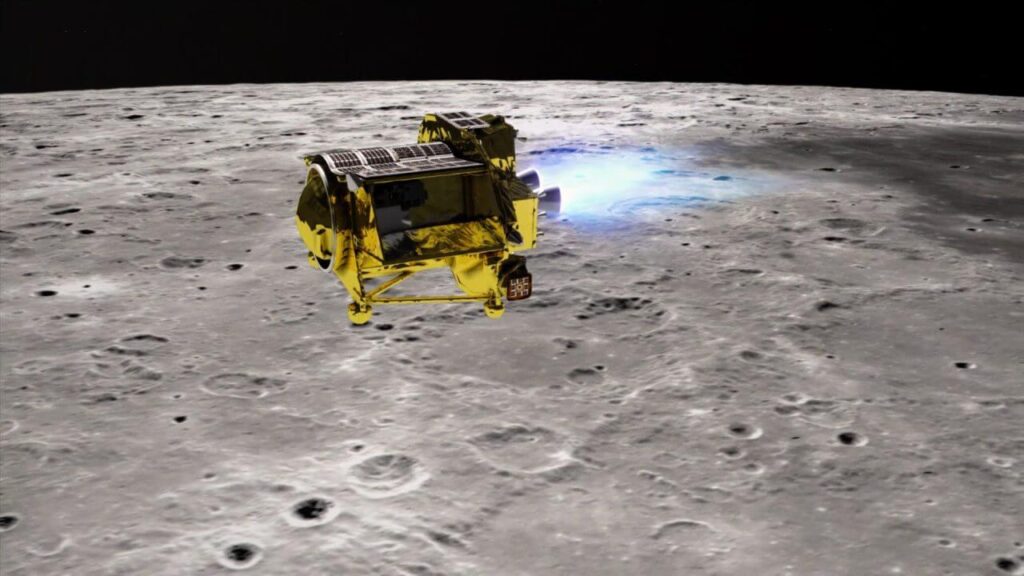On January 19, the SLIM spacecraft (Smart Lander for Investigating Moon) will try to land on the Moon. If the operation is successful, Japan will become the fifth country in history to achieve this goal.

SLIM was launched on September 6 as a passing cargo along with the XRISM X-ray telescope. The main task of the probe is to test the technology of an accurate landing on the Moon. It will have to land at a given point near the Shioli Crater with an accuracy of 100 meters. Due to this, it got its unofficial nickname “Moon Sniper”.
After launch, SLIM gradually increased the apogee of its orbit until it left the vicinity of our planet. On October 4, the spacecraft flew over the Moon. On December 25, it again approached the moon of our planet and activated its engine. This maneuver allowed the spacecraft to move into orbit around the Moon.
In the following days, the Moon Sniper gradually lowered the altitude of its orbit. By January 19, its height will decrease to 15 km. After that, the spacecraft will begin landing. If all goes well, SLIM will land on the slope of Shioli Crater. SLIM is equipped with five collapsible landing legs, which will help absorb the impact when touching the surface.
Although the main objective of the mission is to develop precision landing technology, SLIM also has several scientific instruments on board. In particular, the spacecraft carries a multi-band camera (MBC) to assess the composition of Shioli Crater by analyzing the spectra of sunlight reflected from its surface. The mission team, in particular, will look for traces of the presence of the mineral olivine, which could have been ejected from the lunar mantle.
There are also a couple of micro-rovers on board the SLIM. One of them will move around the Moon by jumping, the other is similar in size to a baseball and should move by skating. Both vehicles carry cameras and other scientific payloads. Both SLIM and micro rovers are designed to operate on the lunar surface for one local day (14 Earth days).
Recall that on January 18, the Peregrine probe will fall to Earth. It was also supposed to land on the Moon, but failed to complete its task due to a fuel leak.
According to https://phys.org
Follow us on Twitter to get the most interesting space news in time
https://twitter.com/ust_magazine


